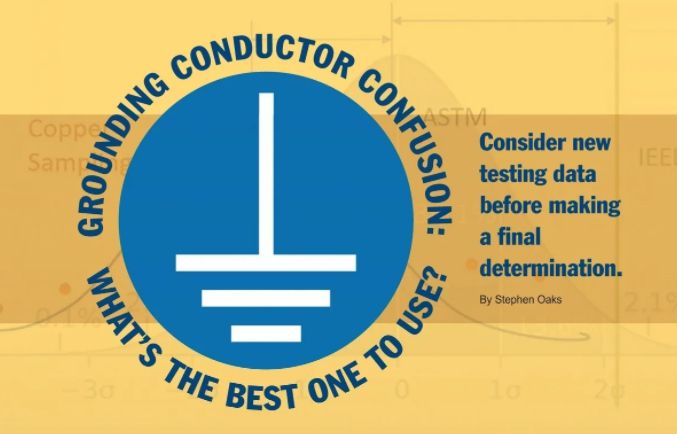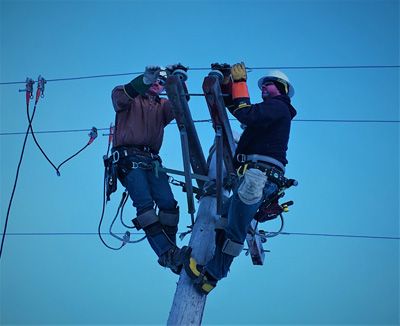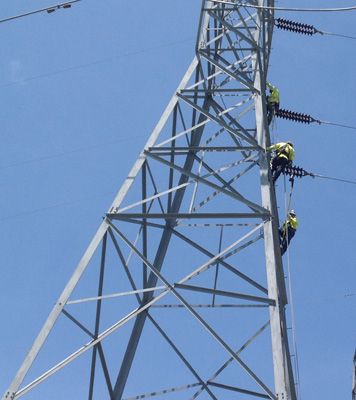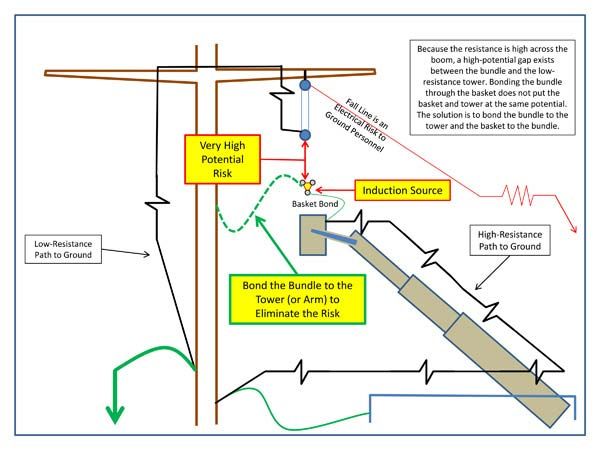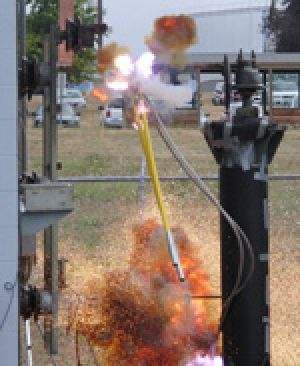Tag: grounding
June-July 2018 Q&A
Written by Jim Vaughn, CUSP on . Posted in Safety Management, Worksite Safety, Q & A, Grounding.
August 2017 Q&A
Written by Jim Vaughn, CUSP on . Posted in Safety Management, Worksite Safety, Q & A, Grounding.
June 2017 Q&A
Written by Jim Vaughn, CUSP on . Posted in Safety Management, Worksite Safety, Q & A, Equipment Operations, Grounding.
Equipotential Grounding: Lessons Learned in the Field
Written by Dwight Miller, CLCP, CUSP on . Posted in Safety Management, Worksite Safety, Grounding.
December 2016 Q&A
Written by Jim Vaughn, CUSP on . Posted in Safety Management, Worksite Safety, Q & A, Equipment Operations, Grounding.
Safety Best Practices for Outage Season
Written by Jordan Hollingsworth, CHST, CSP, CUSP on . Posted in Safety Management, Worksite Safety, Grounding.
June 2016 Q&A
Written by Jim Vaughn, CUSP on . Posted in Safety Management, Worksite Safety, Q & A, Equipment Operations, Grounding.
Train the Trainer 101: Grounding for Stringing in Energized Environments
Written by Jim Vaughn, CUSP on . Posted in Safety Management, Worksite Safety, Train the Trainer 101, Equipment Operations, Grounding.
February 2016 Q&A
Written by Jim Vaughn, CUSP on . Posted in Safety Management, Worksite Safety, Q & A, Grounding.
December 2015 Q&A
Written by Jim Vaughn, CUSP on . Posted in Safety Management, Worksite Safety, Q & A, Equipment Operations, Grounding.
October 2015 Q&A
Written by Jim Vaughn, CUSP on . Posted in Safety Management, Worksite Safety, Grounding.
Train the Trainer 101: Practical Personal Protective Grounding
Written by Jim Vaughn, CUSP on . Posted in Safety Management, Worksite Safety, Grounding.
Voice of Experience: Fundamentals of Underground Padmount Transformers
Written by Danny Raines, CUSP on . Posted in Safety Management, Voice of Experience, Equipment Operations, Grounding.
June 2015 Q&A
Written by Jim Vaughn, CUSP on . Posted in Safety Management, Worksite Safety, Grounding.
December 2014 Q&A
Written by Jim Vaughn, CUSP on . Posted in Safety Management, Worksite Safety, Grounding.
Train the Trainer 101: Stringing in Energized Environments
Written by Jim Vaughn, CUSP on . Posted in Safety Management, Worksite Safety, Grounding.
Train the Trainer 101: Grounding Trucks and Mobile Equipment
Written by Jim Vaughn, CUSP on . Posted in Grounding.
Are Your Temporary Protective Grounds Really Protecting You?
Written by Marcia L. Eblen and Rick Kennerly on . Posted in Worksite Safety, Grounding.
Train the Trainer 101: ASTM F855 Grounding Equipment Specs Made Simple
Written by Jim Vaughn, CUSP on . Posted in Grounding.
Train the Trainer 101: Understanding Grounding for the Protection of All Employees
Written by Jim Vaughn, CUSP on . Posted in Grounding.
4 Rules to Live By
Written by Danny Raines, CUSP on . Posted in Worksite Safety, Grounding.
Why Single-Point Grounding Works
Written by Jim Vaughn, CUSP on . Posted in Worksite Safety, Grounding.


